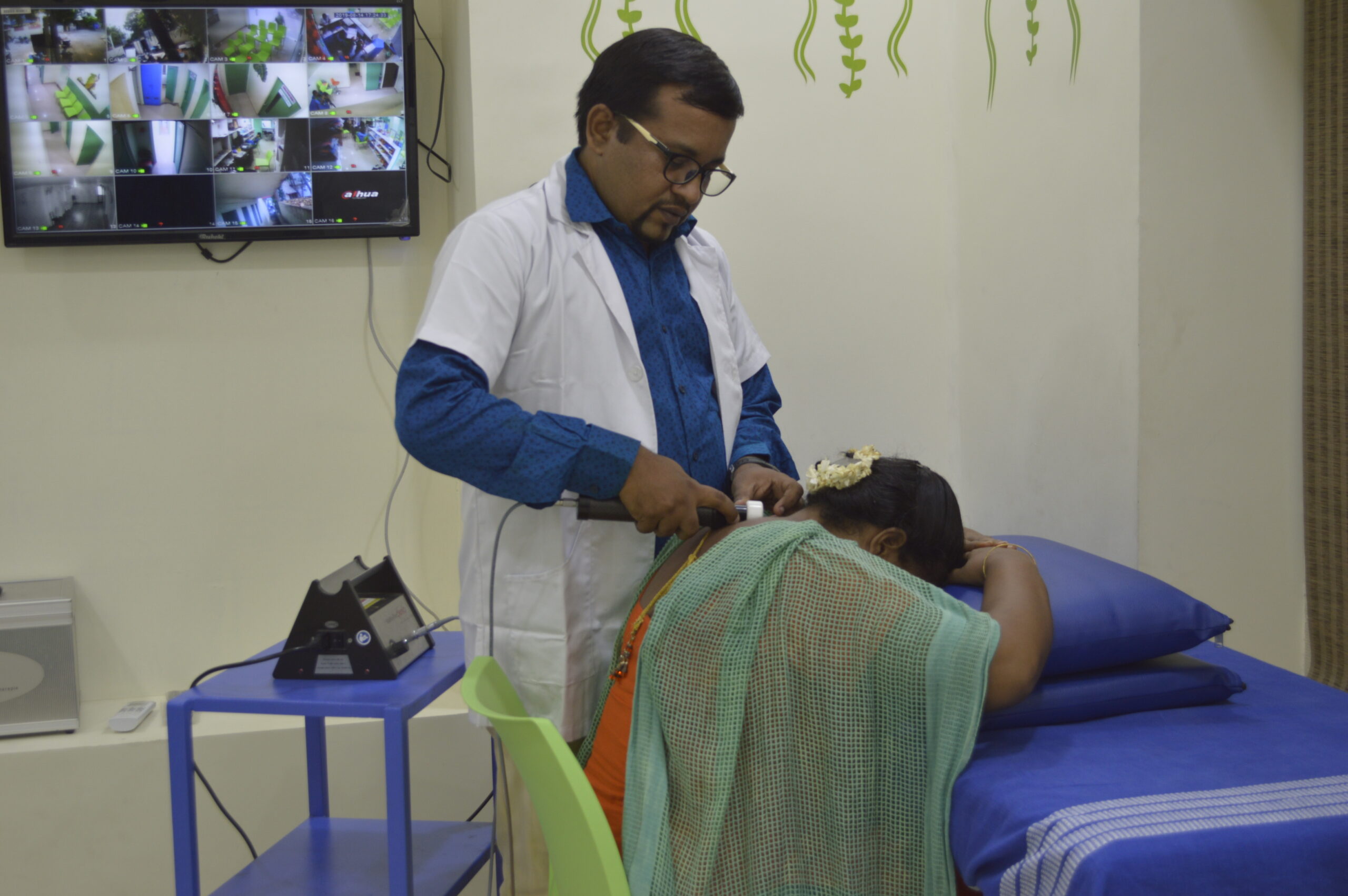Matrix Rhythm Therapy has revolutionized the field of physiotherapy by offering an advanced and non-invasive treatment option for patients suffering from musculoskeletal issues. Physiotherapy using Matrix Rhythm Therapy works on the cellular level, optimizing the body’s natural healing processes and making it a preferred choice for physiotherapists seeking sustainable recovery methods for their patients.

How Physiotherapy using Matrix Rhythm Therapy Enhances Recovery
Matrix Rhythm Therapy (MRT) is an advanced, evidence-based technique that complements traditional physiotherapy by targeting the root causes of musculoskeletal pain and dysfunction. This non-invasive therapy works at the cellular level to promote natural healing, improve circulation, and restore tissue function. By applying rhythmic micro-movements, MRT addresses pain, inflammation, and muscle tightness, allowing for quicker recovery and enhanced mobility.

Targeted Muscle Relaxation
Matrix Rhythm Therapy addresses muscle stiffness and tension, relaxing deep muscle tissues that traditional therapies may not reach. This leads to quicker relief from muscle-related pain and discomfort.
Improved Post-Injury Recovery
For patients recovering from injuries like sprains, strains, and fractures, the therapy accelerates tissue regeneration and rehabilitation, minimizing recovery time and maximizing mobility.
Post-Surgical Rehabilitation
After surgery, patients often suffer from restricted movement and stiffness. Matrix Rhythm Therapy aids in reducing scar tissue and promoting fluid mobility, helping patients regain full function faster.
Chronic Pain Management
Whether it’s back pain, neck pain, or joint issues, the therapy offers long-lasting relief by treating the underlying cause of the pain rather than just the symptoms.
Applications in Physiotherapy

By incorporating Matrix Rhythm Therapy into physiotherapy routines, patients experience faster recovery times, less pain, and improved functional outcomes. It’s particularly effective for those looking to enhance flexibility, strength, and range of motion.

